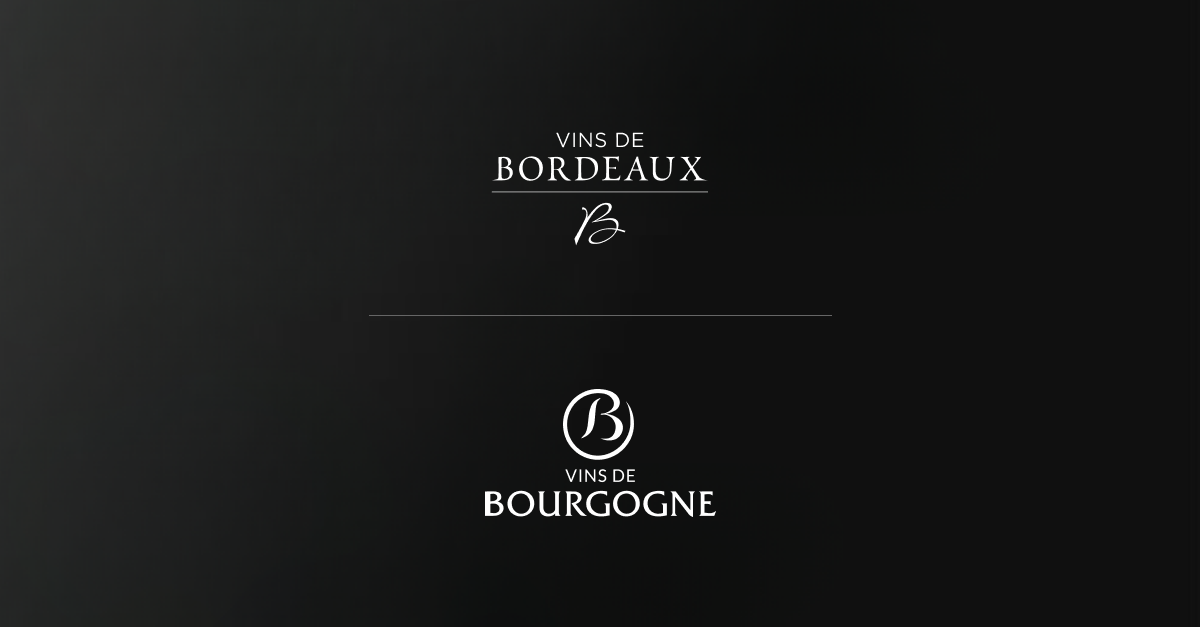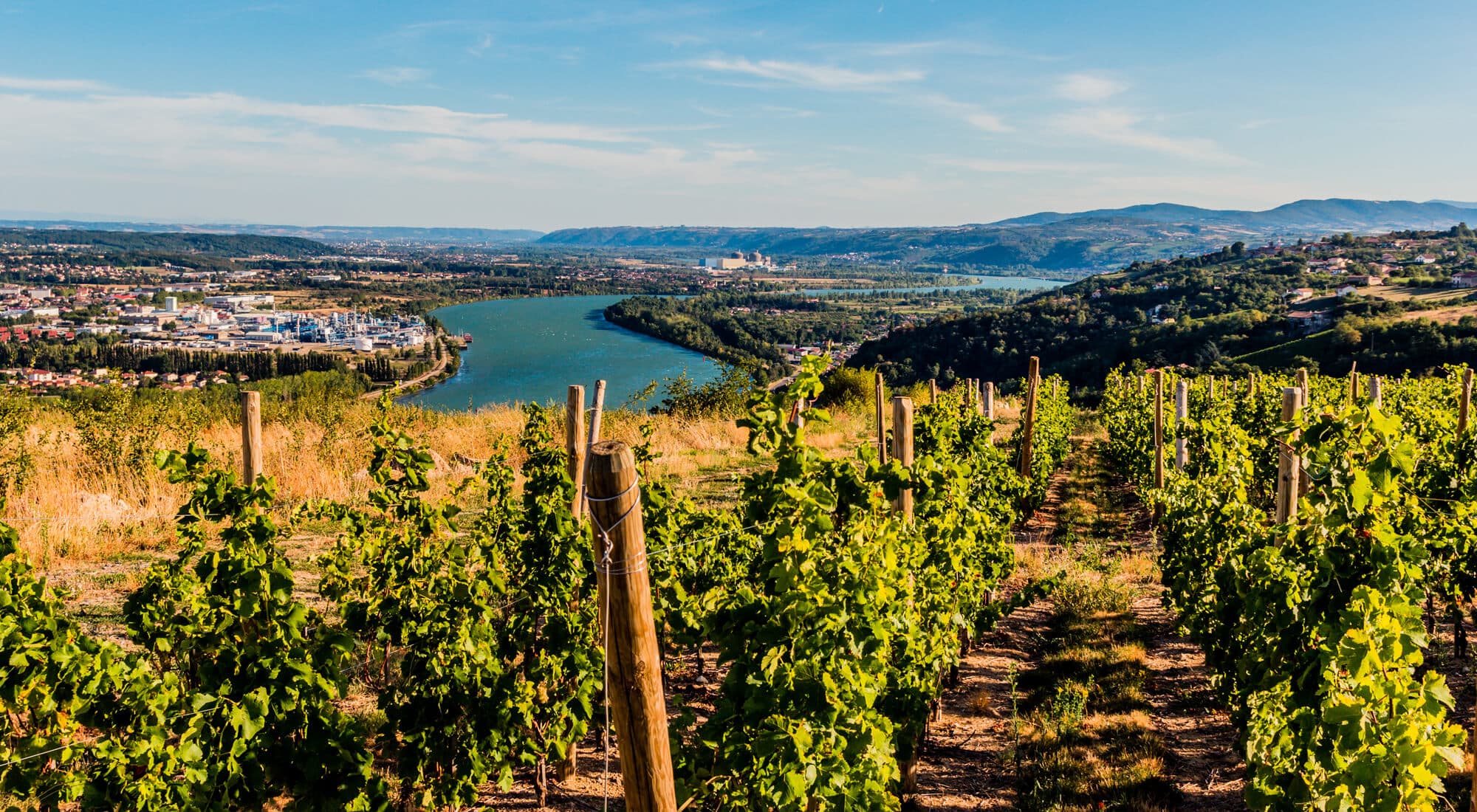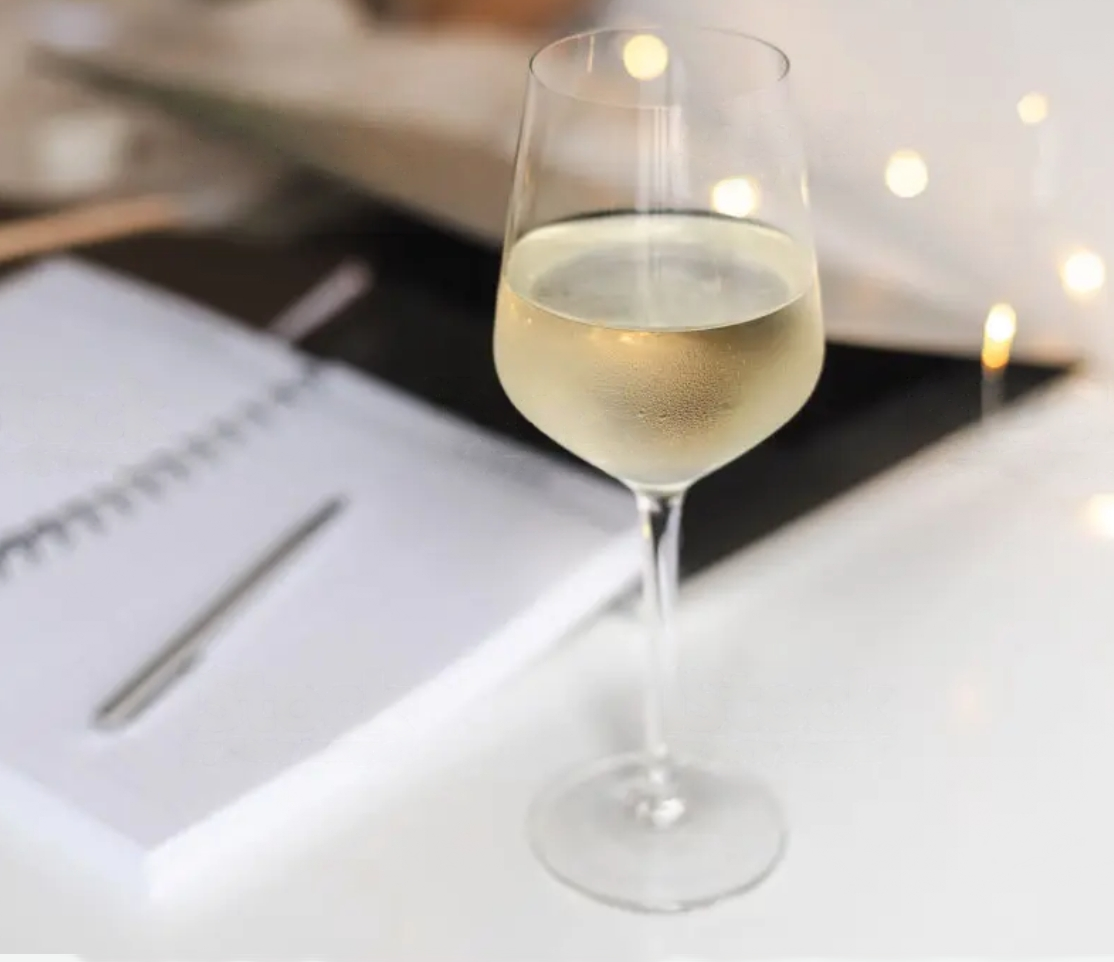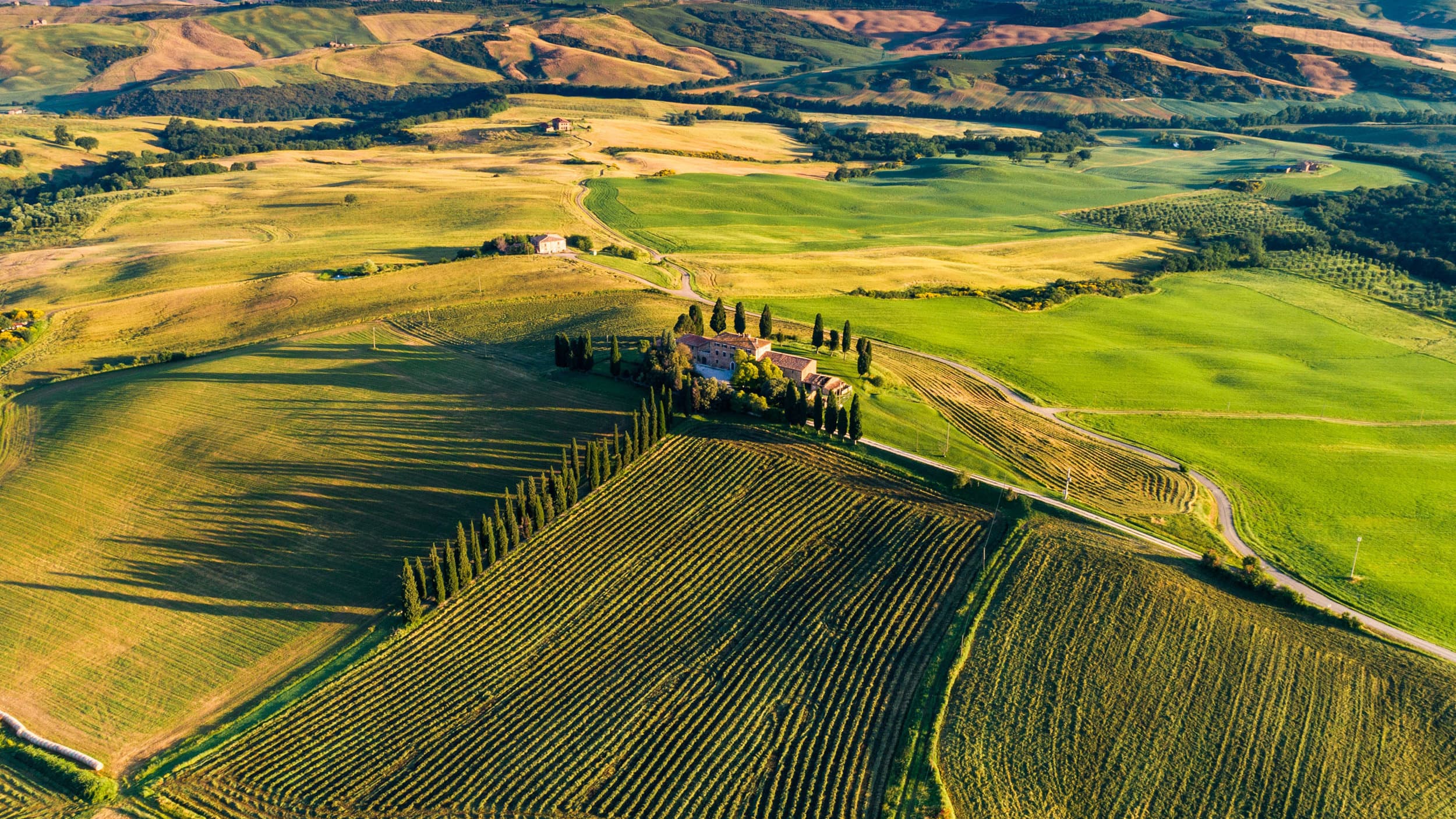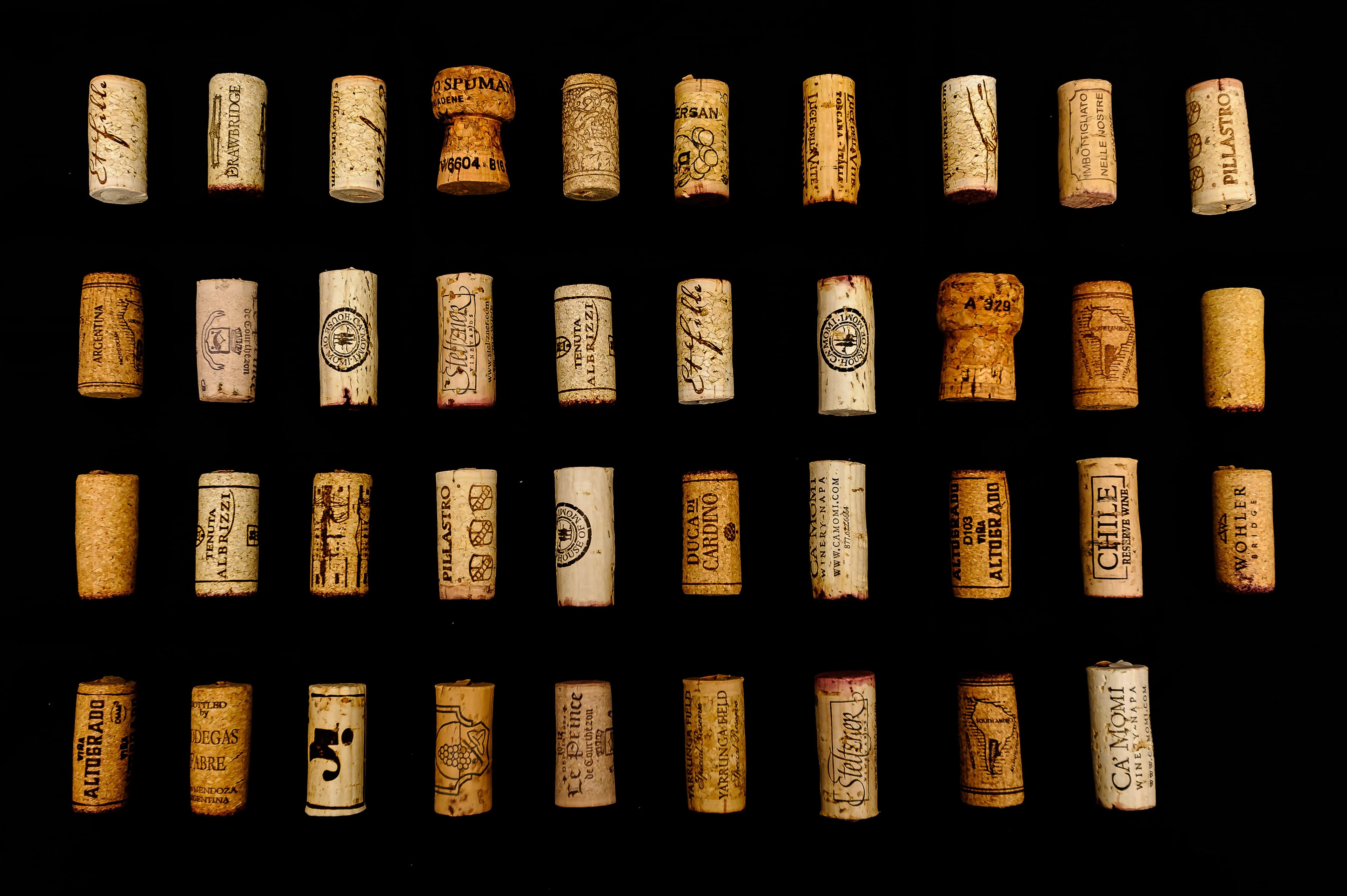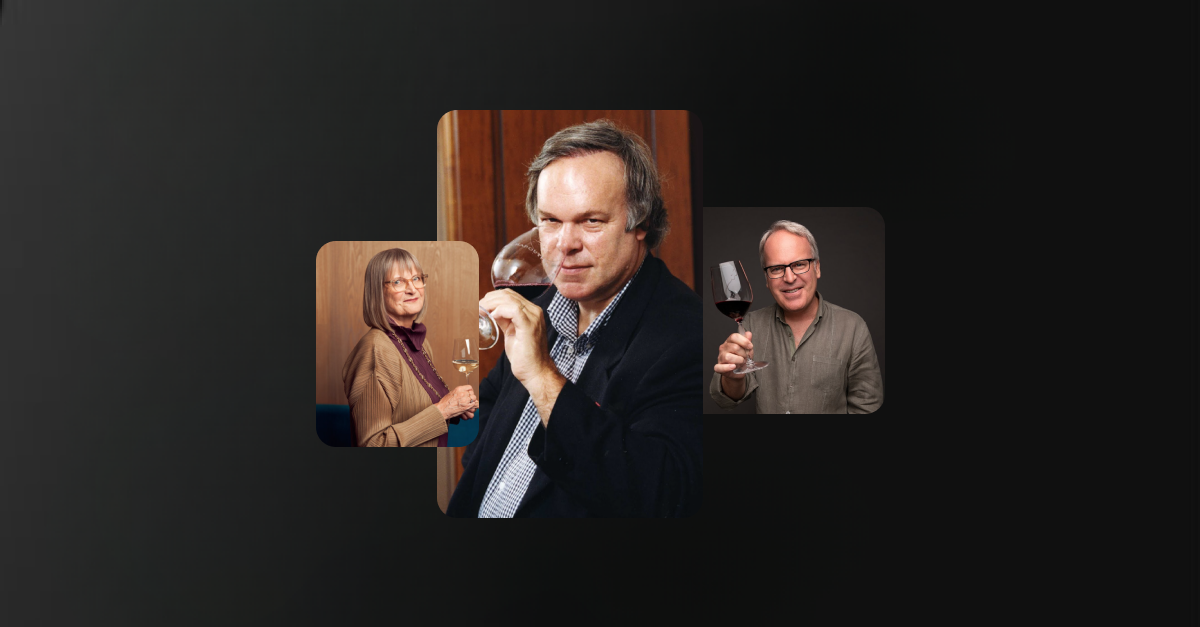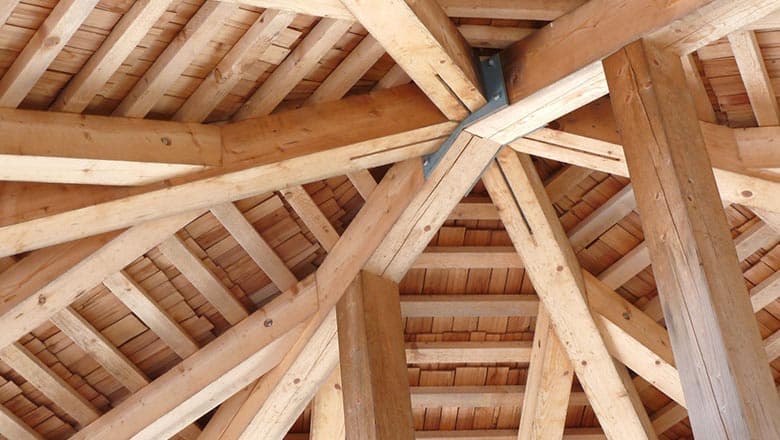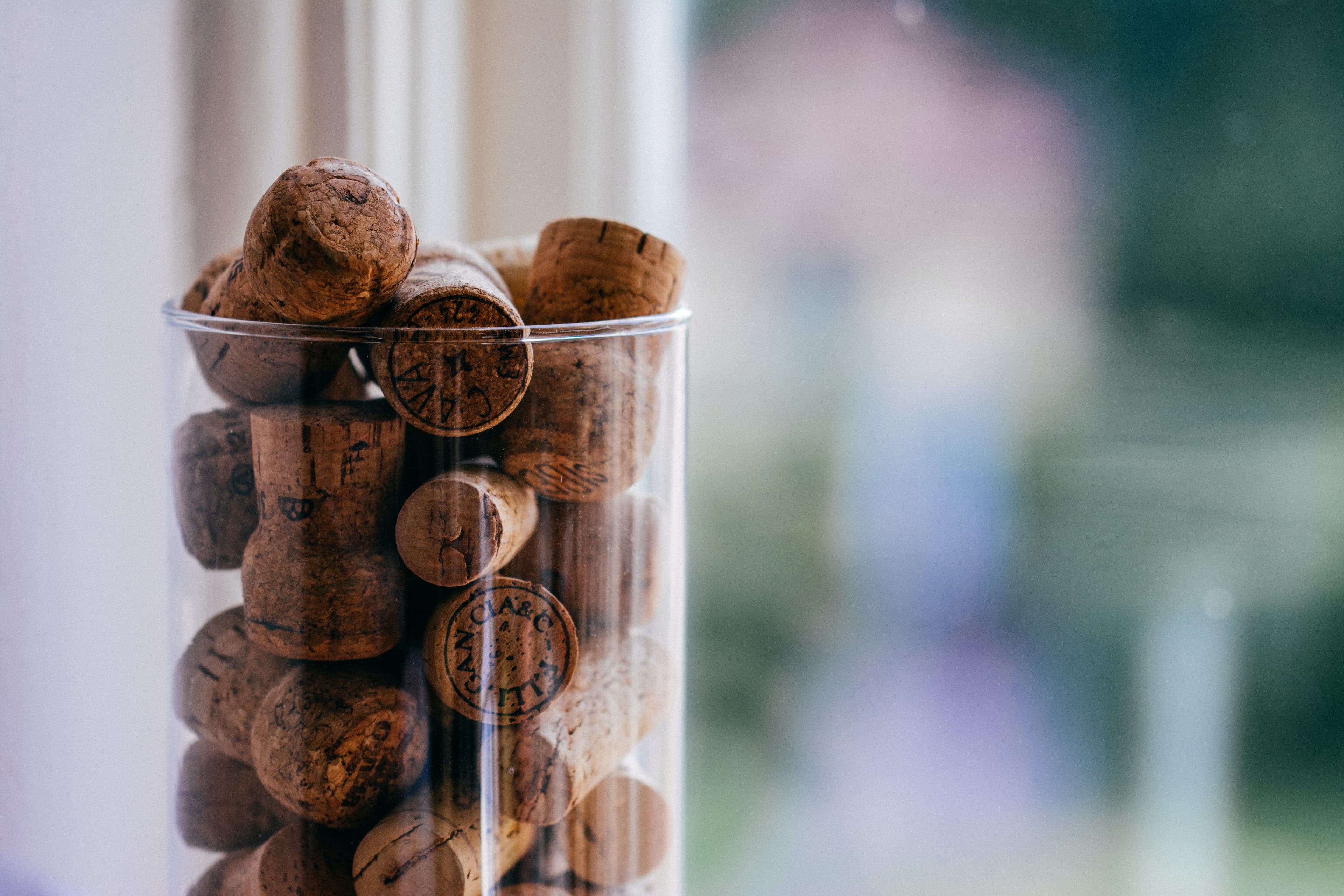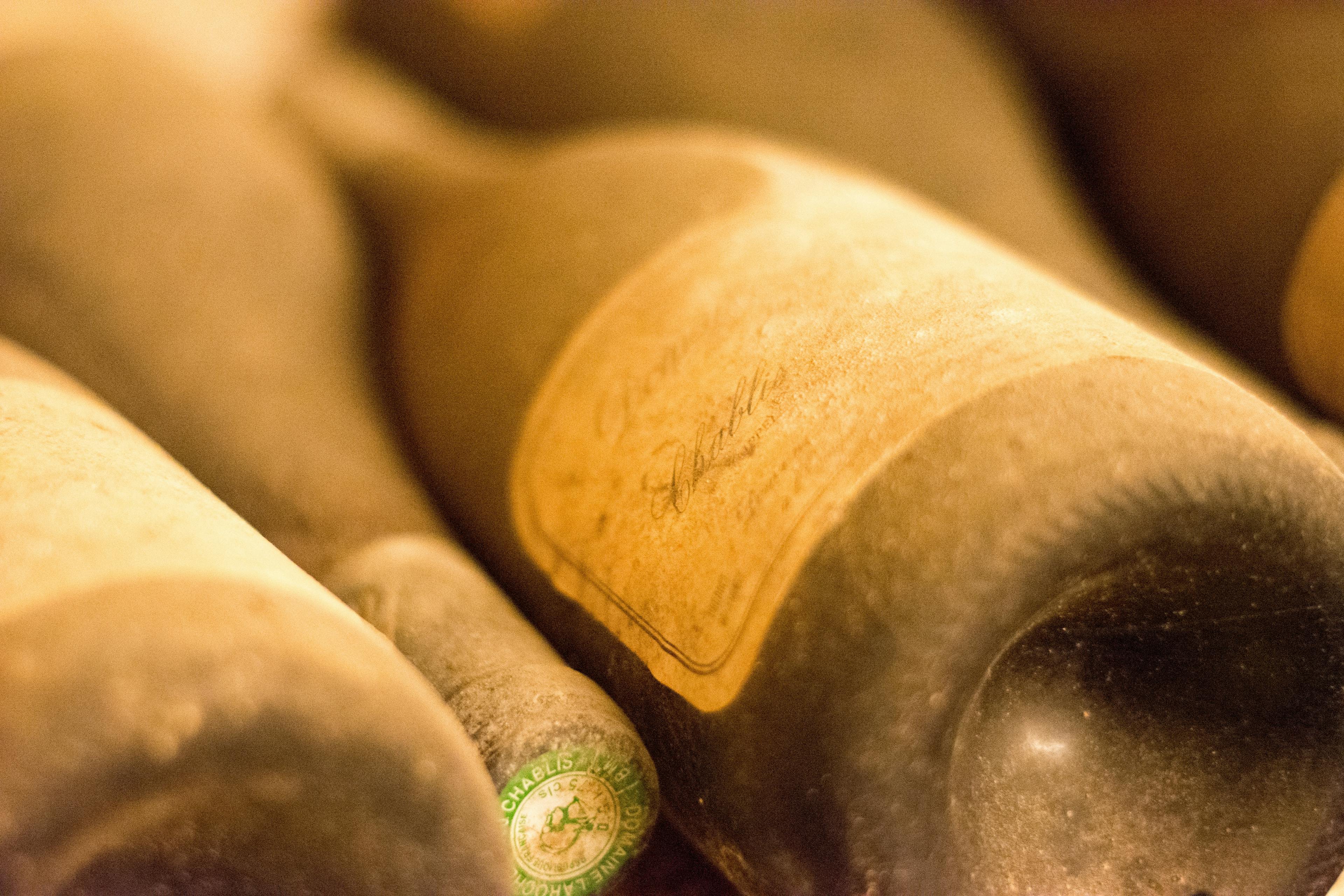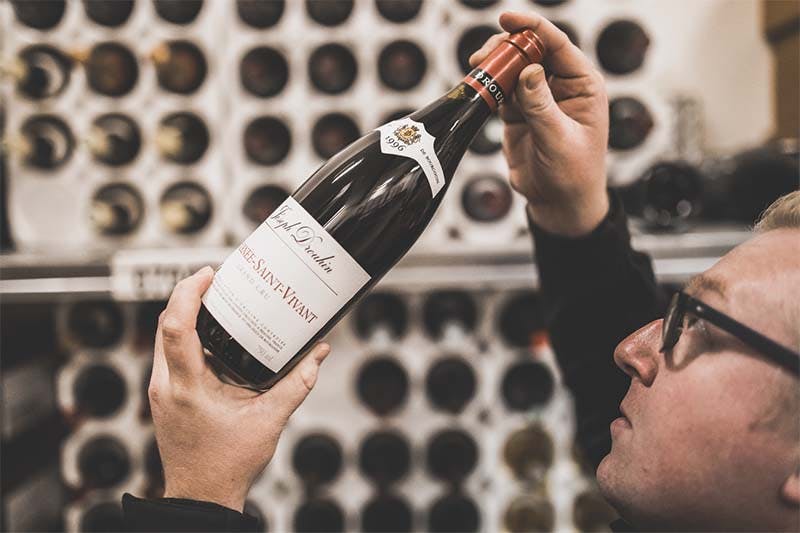
Discover the exquisite taste of Château Beychevelle, a prestigious Bordeaux wine that captivates connoisseurs and enthusiasts alike. Nestled in the Saint-Julien appellation, this iconic château is celebrated for its refined elegance and complex flavor profile. Each sip reveals a harmonious blend of ripe fruit, subtle spices, and smooth tannins, making it a standout choice for any wine collection. As we delve deeper into its sensory characteristics, let's explore what makes Château Beychevelle a true gem in the world of fine wines.
Flavor Profile: Identifying Key Notes in Château Beychevelle
Exploring the flavor profile of Château Beychevelle reveals a complex and elegant blend of aromas and tastes that define its unique characteristics. This renowned Bordeaux wine is particularly noted for its deep, velvety texture and the harmonious balance of its components. Key notes include:
Blackcurrant and Cherry: These dark fruit flavors are prominent, offering a rich and robust foundation that is typical of the Saint-Julien appellation.
Cedar and Tobacco: Aging in oak barrels imparts subtle hints of cedar and tobacco, lending a smoky, sophisticated edge to the bouquet.
Vanilla and Spice: There is a gentle touch of vanilla, accompanied by warm spices like clove and cinnamon, which enhances the complexity of the wine.
Herbal Undertones: A slight herbaceous note, often reminiscent of fresh herbs, adds freshness and layers to the overall tasting experience.
Each sip of Château Beychevelle promises a journey through these intricately woven flavors, making it a standout choice for collectors and enthusiasts alike.
The Influence of Terroir on Château Beychevelle's Taste
The influence of terroir on Château Beychevelle's taste is profound, shaping its unique flavor profile in ways that captivate wine enthusiasts worldwide. Nestled in the Saint-Julien appellation of Bordeaux, the estate benefits from a prime location characterized by deep gravel soils. These soils are excellent for draining, ensuring that the vines experience stress at just the right moments, concentrating the flavors in the grapes.
Climate: The temperate maritime climate of the region contributes to a consistent growing season, allowing for optimal ripening of Cabernet Sauvignon and Merlot, the primary varietals used in Beychevelle's blends.
Vineyard Practices: Meticulous vineyard management practices, including precise pruning and sustainable pest control, enhance the quality of the fruit. This attention to detail ensures that each grape contributes to the full-bodied and balanced nature of the wine.
Historical Influence: The estate's long winemaking history, dating back centuries, has allowed for the refinement of techniques that maximize the expression of terroir in their wines.
Each of these elements combines to create a wine that is not only a reflection of its environment but also a testament to the skill and heritage of its makers.
Aging Potential: How Taste Evolves Over Time
Aging significantly influences the taste profile of Château Beychevelle, transforming its characteristics over time. Initially, this wine presents a robust structure with vibrant fruit flavors and pronounced tannins. As it ages, these primary notes gradually soften, allowing secondary flavors of leather, tobacco, and earthy undertones to emerge. This evolution is largely dependent on how effectively you store the wine.
Within 5-10 years: The wine's tannins mellow, and the fruit becomes less dominant, making way for more complex, subtle flavors.
10-20 years post-vintage: At this stage, the wine develops a silky texture and the bouquet becomes more nuanced, with hints of spice and floral notes.
Beyond 20 years: With proper storage, Château Beychevelle can continue to develop and maintain a balance of acidity and tannins, offering a refined and elegant drinking experience.
Each phase of maturation adds a new dimension to the wine, enhancing its appeal to connoisseurs and casual drinkers alike. Proper storage conditions, including temperature control and humidity management, are crucial for maximizing the wine's potential through the years.
The Impact of Vintage Variation on Flavor
The impact of vintage variation on the flavor of Château Beychevelle can be profound, with each year bringing its unique set of climatic conditions that influence the final taste of the wine. Vintages that experience warmer summers often yield wines with higher sugar levels and lower acidity, resulting in a richer, more voluptuous palate. Conversely, cooler years might produce wines that are leaner, with heightened acidity and more pronounced tannic structures.
2009 Vintage: Known for its exceptionally warm weather, the 2009 vintage at Château Beychevelle is celebrated for its opulent, fruit-forward profile. This year's wine showcases a deep concentration of flavors, including ripe blackberries and plums, complemented by a velvety texture.
2013 Vintage: This year was marked by cooler temperatures and higher rainfall, leading to a more structured wine with prominent acidity. The 2013 vintage is noted for its aromatic complexity, featuring notes of red fruits and a refreshing minerality.
Understanding the history of Château Beychevelle also provides insight into how viticultural practices have adapted over the years to mitigate the effects of these variations, ensuring quality and consistency across vintages.
Sensory Experience: Aroma, Taste, and Aftertaste
Exploring the sensory experience of Château Beychevelle involves a delightful journey through its aroma, taste, and aftertaste. Each sip begins with a complex bouquet, often filled with hints of dark cherries, plums, and a subtle touch of oak. These initial aromas set the stage for the rich, layered flavors that follow. On the palate, Château Beychevelle typically presents a harmonious blend of fruitiness and spice. Notes of blackcurrant and cedar are frequently prominent, complemented by a slight peppery nuance that adds depth.
The aftertaste, or finish, of Château Beychevelle is equally noteworthy. It tends to linger long, leaving a velvety trace of vanilla and tobacco that rounds out the tasting experience. This enduring finish is one of the reasons why popular vintages of Château Beychevelle are highly sought after by connoisseurs and collectors alike.
Aroma: Dark cherries, plums, oak
Taste: Blackcurrant, cedar, peppery spice
Aftertaste: Vanilla, tobacco, lasting velvetiness
Each element of Château Beychevelle's profile is crafted to ensure a memorable and enjoyable tasting experience.
Comparing Château Beychevelle with Other Bordeaux Wines
When exploring the unique characteristics of Château Beychevelle, it's enlightening to compare it with other Bordeaux wines. This renowned St. Julien estate produces a wine that is both powerful and elegant, often noted for its balanced structure and aromatic complexity. Other Bordeaux wines, particularly those from the Médoc region, share some similarities but also exhibit distinct differences.
Fruit Profile: Château Beychevelle typically showcases a rich palette of blackcurrant and cherry, underpinned by subtle oak influences. In contrast, wines from Pauillac or Margaux might present a more intense tannic structure with darker fruit notes.
Aging Potential: While many Bordeaux wines are known for their aging capability, Château Beychevelle is particularly appreciated for how its flavors evolve, developing more nuanced herbal and earthy tones over time.
Food pairings: The versatility of Château Beychevelle makes it an excellent companion to a variety of dishes. It pairs splendidly with lamb, game, and rich cheeses, whereas other Bordeaux wines might better complement beef or duck.
Understanding these nuances helps enthusiasts appreciate why Château Beychevelle holds a special place among Bordeaux wines, offering a unique experience that stands out in a region celebrated for its viticultural excellence.
The Role of Oak Aging in Flavor Development
Oak aging plays a crucial role in the development of flavors in Château Beychevelle wines. This process involves storing the wine in oak barrels for a period, which significantly influences its taste profile. The interaction between the wine and the oak leads to a more complex and rounded flavor, often adding hints of vanilla, spice, and toast.
Complexity Enhancement: As the wine ages in oak, it gradually absorbs subtle flavors from the wood, which can include notes of caramel, coconut, and smoke. This complexity is highly prized among wine enthusiasts.
Tannin Softening: Oak barrels also play a part in softening the tannins in the wine. This makes the wine smoother and more palatable, enhancing its overall quality and mouthfeel.
Oxidation Control: The micro-oxygenation that occurs in oak barrels allows the wine to stabilize and mature, without becoming overly oxidized. This controlled exposure to oxygen helps to refine the wine’s structure and balance.
For those looking to serve Château Beychevelle at its best, understanding the impact of oak aging is essential. This knowledge ensures that each bottle is enjoyed at its peak, providing a memorable tasting experience.
Tasting Château Beychevelle: A Step-by-Step Guide
Tasting Château Beychevelle can be a delightful experience, especially when approached with a structured method. Begin by ensuring the wine is at the ideal temperature, typically around 16-18°C for reds. This enhances its aromatic profile and overall flavor. Next, choose the right glassware; a large, balloon-shaped glass is perfect for allowing the wine to breathe and release its complex aromas.
Pour a moderate amount into your glass, then gently swirl it. This action helps oxygenate the wine, unlocking more nuanced scents and flavors. Take a moment to observe the color and clarity—Château Beychevelle often presents a deep, inviting ruby hue.
Now, bring the glass closer and inhale deeply. Try to identify different notes; you might detect hints of dark fruits, subtle spices, or even floral undertones. After appreciating the bouquet, take a small sip. Let it linger on your palate, exploring the layers of taste and texture. Notice the balance between acidity, tannins, and alcohol.
Finally, reflect on the finish. How long do the flavors persist? Are they pleasant and harmonious? By enjoying Château Beychevelle in these steps, you'll gain a deeper appreciation for its craftsmanship and heritage.
Expert Opinions on Château Beychevelle's Palate
Château Beychevelle, renowned for its deep roots in winemaking tradition, consistently impresses connoisseurs with its complex palate. Experts often highlight the craftsmanship that goes into each bottle, reflecting a perfect balance of robust flavors and delicate finesse. This storied wine boasts a bouquet rich in dark fruits like blackcurrant and cherry, layered with subtle hints of vanilla and spice due to meticulous aging in oak barrels.
Tannin Structure: Wine critics praise its velvety tannins that provide a smooth, yet structured mouthfeel.
Acidity and Freshness: There is a vibrant acidity that underpins the wine’s freshness, making it an excellent companion to food.
Finish: The finish is long and memorable, leaving a lingering taste of spice and fruit on the palate.
Such descriptions are common among those who have had the pleasure of tasting this iconic Bordeaux blend. Each sip reveals the depth and precision involved in its creation, making it a favorite among those who appreciate fine wines.
Describing the Mouthfeel of Château Beychevelle
Château Beychevelle, a renowned Bordeaux wine, offers a distinctive mouthfeel that captivates both novice and experienced wine enthusiasts. This wine is celebrated for its velvety texture, which coats the palate with a rich, luxurious feel. As you sip, the initial impression is one of smoothness, complemented by a medium to full body that balances density with elegance.
Silky Tannins: The tannins in Château Beychevelle are remarkably fine and well-integrated, providing structure without overpowering harshness. This results in a silky, almost creamy sensation that enhances the overall drinking experience.
Vibrant Acidity: Supporting the velvety tannins is a lively acidity that keeps the wine fresh and dynamic in the mouth. It contributes to a feeling of cleanliness and precision, cutting through the richness and preparing the palate for the next sip.
Layered Complexity: Each taste reveals multiple layers of flavors, from ripe dark fruits to subtle spicy notes, which unfold gradually and maintain interest throughout the drinking session. This complexity adds depth to the mouthfeel, making each sip a discovery of new sensations.
Overall, the mouthfeel of Château Beychevelle is a harmonious blend of smoothness, structure, and vivacity, making it a truly enjoyable wine to savor.
Conclusion
In conclusion, the taste profile of Château Beychevelle is a testament to its storied heritage and meticulous winemaking process. This prestigious Bordeaux wine, with its rich blend of Cabernet Sauvignon and Merlot, offers a complex array of flavors that appeal to both connoisseurs and casual drinkers alike. Its balanced structure, combined with velvety tannins and a long, elegant finish, makes it a standout choice for any wine collection.
For enthusiasts looking to invest in Château Beychevelle, Rekolt provides an exceptional service that not only ensures the safe delivery of your wine but also offers the option to store it in a professional cellar. This service is particularly beneficial for those who might consider reselling or trading their wines in the future. By choosing Rekolt, you ensure that your wine is kept in optimal conditions, preserving its quality and enhancing its potential value over time. Whether you're expanding your personal collection or investing in wine as an asset, Rekolt offers the expertise and facilities to support your passion for fine wines like Château Beychevelle.
Share this article
